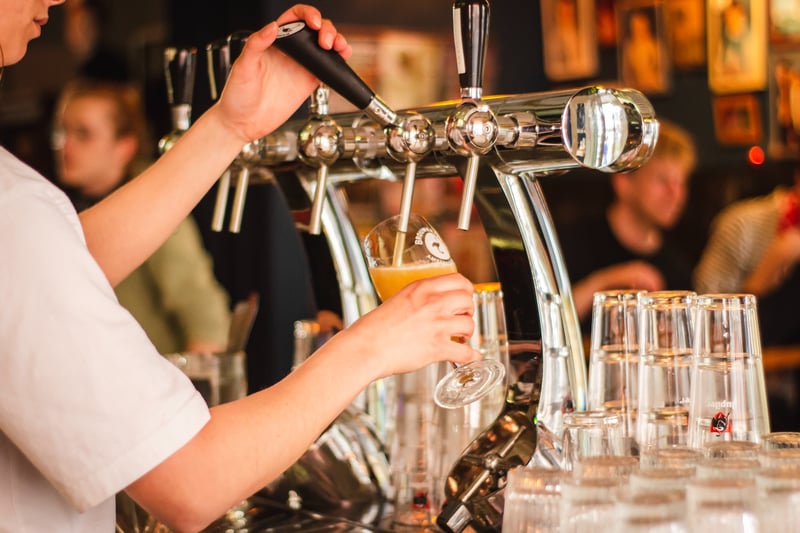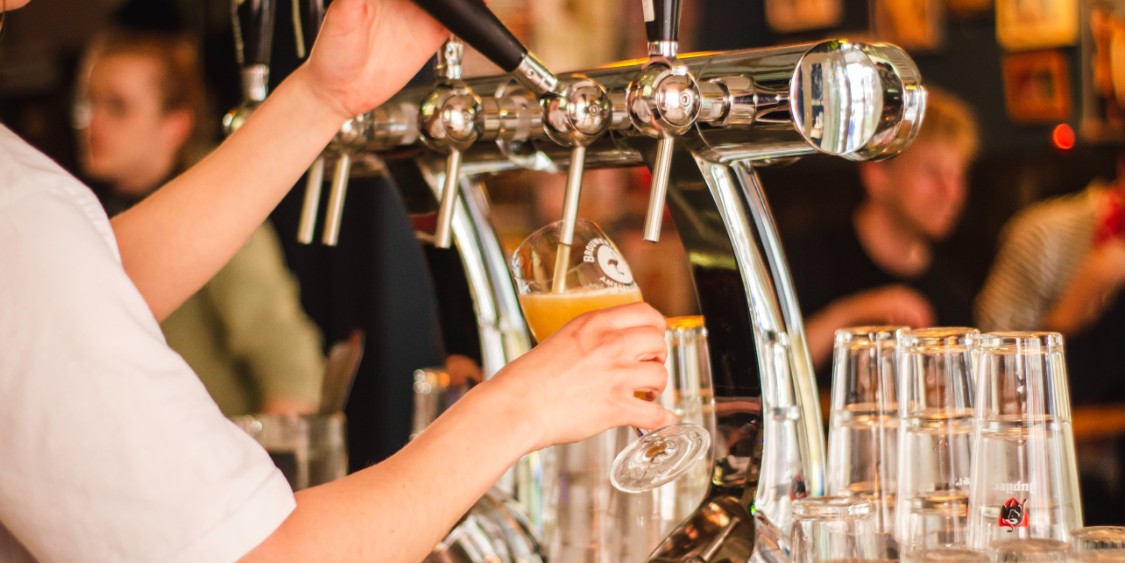
More than 50 per cent of first-time drunk-driving offenders were being served at a licensed restaurant or bar before getting into their cars and endangering the lives of others. Not only were these people liable for their actions, the establishments where they were drinking were also susceptible to punishment for over-serving clientele who then injure a third party.Victims and their families file suits against restaurants or bars every day for their role in serving a customer who is then involved in an alcohol-related accident. To help protect your establishment, employees and patrons, establishing an events and liquor liability prevention policy, training workers and transferring risk are critical to minimizing your events and liquor liability.
Prevention through Education
The most important defence against being liable for drunken driving accidents is prevention through education. It is imperative that you design an events and liquor liability training program for staff members who will serve alcoholic beverages to customers. In these training sessions, employees will learn important information such as how to determine if someone has had too much to drink, how to deny service to a patron and how to identify valid forms of identification to prevent serving alcohol to minors. Once an employee has completed the training, he or she should sign an agreement form outlining that they comply with and understand the policies set forth by the establishment.
Training should include the following:
Signs of Intoxication
It is important that employees learn to recognize the signs of intoxication, which include:
- Slurred or slow speech
- Tendency to lose a train of thought easily
- Red eyes or inability to focus
- Decreased alertness
- Staggering or inability to walk
- Inhibited motor skills, such as the inability to light a cigarette
- Drinking faster than normal
- Being overly friendly
Monitoring Consumption
Teach your staff how to recognize when patrons have had too much to drink. The traffic light system is more effective in monitoring how much a guest is drinking. Here’s how it works:
- Green: Patron shows no sign of impairment, is in a good mood and is not drinking rapidly.
- Yellow: Patron is not yet intoxicated, may be drinking quickly, could be either in a “down” mood or out to celebrate and may be showing some signs of impairment. Your goal is to stop serving before a guest is intoxicated, so serve this guest with caution.
- Red: Patron is showing signs of intoxication, may be in a depressed, aggressive or bad mood, is drinking fast and seems intent on becoming drunk. This guest should not be served alcohol.
Offering Continued Service
Encourage employees to serve customers diligently. This does not mean replacing a drink as soon as the older one is being finished. Instead, employees should conduct friendly conversation with patrons, suggest or sell food items and slow down the service while engaging in conversation. In the event an employee must cut off a patron, they already have an established relationship. The patron may take what the employee says to heart and may not become angry or violent when approached to stop drinking.
Denying Service
As part of the events and liquor liability training program, establish a policy for how to deny patrons service when they have had too much to drink. Be sure to include the following steps in your policy:
- Be polite and offer non-alcoholic beverages or food alternatives
- Avoid threatening statements, and place the focus on the server by explaining that they could lose their job if they continue to serve the patron
- Offer to call a taxi or friend to drive the patron home
- Use a firm tone and do not back down if they are met with resistance
- Remain calm and in control of the situation
- Require that employees seek out a manager’s assistance immediately upon confrontation while trying to deny a patron service
Reporting Incidents
After an incident has occurred, it is necessary that employees fill out an incident report. Specifically, make sure that employees note the name of the intoxicated patron, witness testimony and a detailed description of the incident, including mention of any fights, refusal to serve, use of a false ID or patron ejection. This helps to reduce your liability in the event of an alcohol-related incident.
Employee Legal Consequences
As part of your initiative to lessen risks, educate employees on how drunken patrons may affect their lives. For instance, employees must understand how serving to minors who use fake IDs will result in large fines, or how laws are stricter than ever and breaking them may pose serious consequences. Remind employees that they are liable and could a face a number of consequences for not cutting off patrons before they’ve had too much to drink. Types of employee liability include:
- Criminal Liability: Employees can be found criminally liable for serving to minors with a fake ID or serving to a patron who appears intoxicated. The employee can face monetary fines, probation or jail time depending on applicable laws. In addition, your establishment can lose its liquor licence and is susceptible to fines as well as higher insurance premiums.
- Civil Liability: If employees are found guilty of civil liability for a patron’s injury, that employee, the owner and the establishment face large monetary fines.
- Dram Shop Act: These laws allow establishments, owners and employees to be sued by an individual after they’ve been injured by a patron served at the establishment.
Transferring your Risks
To protect your business, it is wise to obtain an events and liquor liability policy either as standalone coverage or as part of a restaurant and bar package policy. Contact the Axis Insurance Group for more information about these effective coverage options. We understand carrier requirements and the province’s dram laws, and can design a policy that suits you best.
Looking for ways to reduce exposures associated with owning a restaurant? Download our FREE Loss Control Guide for a summary of the major risks restaurant owners must address plus helpful strategies and materials.




